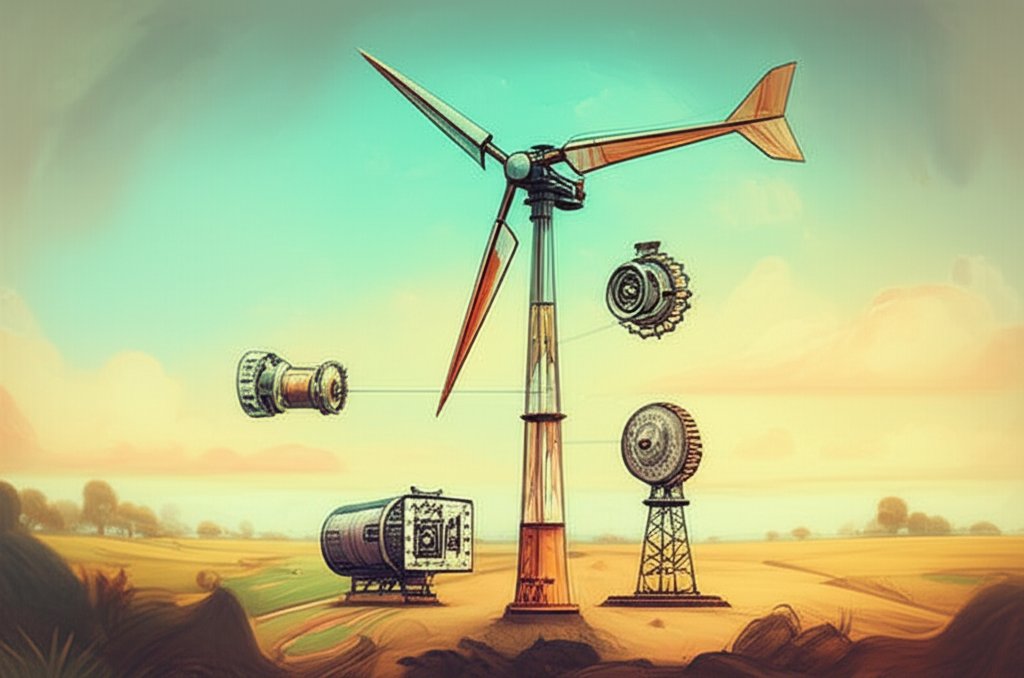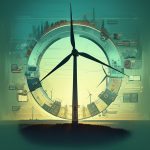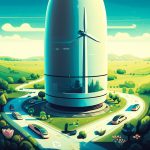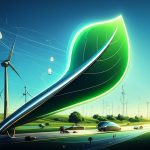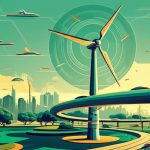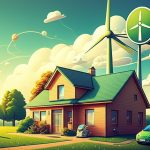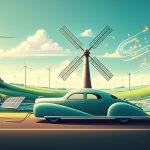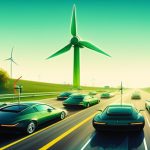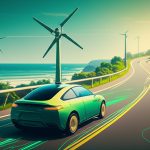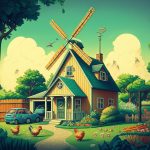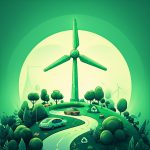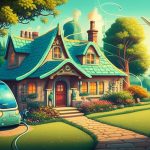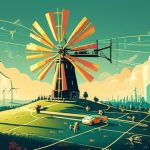Wind turbines harness the power of the wind to generate electricity, and understanding the function of various wind turbine parts is key to appreciating how these complex machines work. From the massive blades that capture the wind’s energy to the sophisticated control systems that optimize performance, each component plays a vital role.
At a Glance:
- A wind turbine’s main parts include the foundation, tower, rotor (blades and hub), nacelle, and generator.
- Offshore turbines have underwater foundations, or floating bases for those farther out at sea.
- The nacelle houses critical components like the generator, gearbox, and control systems.
- Regular maintenance is essential for the longevity and efficiency of wind turbines.
- Wind turbines come in two main designs: horizontal-axis and vertical-axis.
The Foundation: Grounding the Giant
The foundation is the unsung hero of a wind turbine. For onshore turbines, this is a massive concrete block, buried beneath the soil. It’s designed to support the entire weight of the turbine and withstand the considerable forces exerted by the wind. Imagine the stress of constant gusts and powerful storms – the foundation keeps everything stable.
Offshore turbines present unique challenges. Near the coast, foundations are often built on the seabed, submerged and out of sight. Farther out to sea, some offshore turbines use floating bases, engineered with enough mass to maintain stability despite the waves and wind.
Tower Power: Reaching for Stronger Winds
The tower’s job is simple: elevate the rotor and nacelle to a height where wind speeds are stronger and more consistent. Think of it as reaching for the best “wind harvest.” Most modern towers are constructed from round steel tubes, typically 10-13 feet in diameter.
A good rule of thumb is that the tower height should approximate the diameter of the rotor’s swept area. Why? Because wind speed increases with altitude. The higher you go, the less ground friction interferes with the wind’s flow. This means taller turbines generally experience higher wind speeds and can generate more electricity.
Rotor & Hub: Capturing the Wind’s Energy
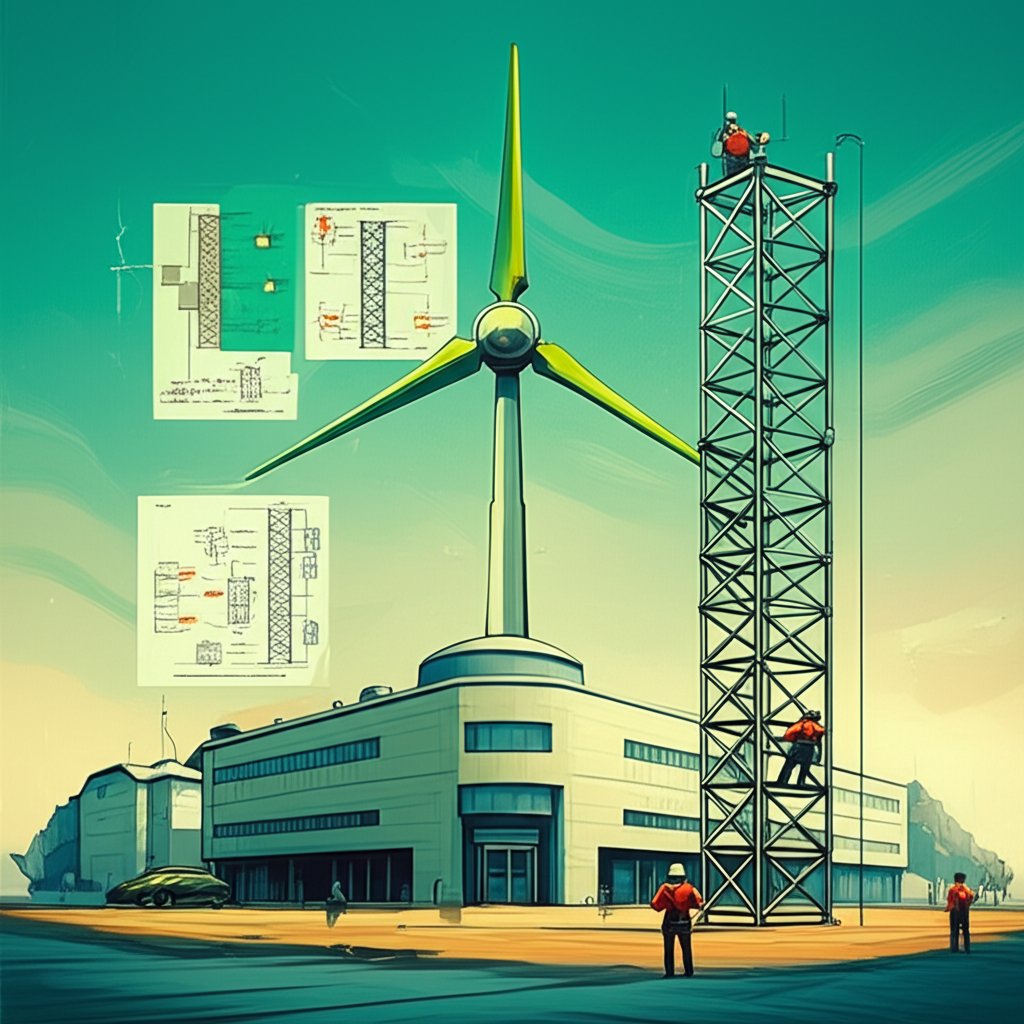
The rotor is the rotating assembly of the turbine, doing the initial work of capturing the wind’s kinetic energy. It is comprised of the blades and the hub to which they attach.
Blades: Aerodynamic Masters
Most wind turbines have three blades, although other configurations exist. Three-bladed rotors have proven to have optimal efficiency. Modern blades are marvels of engineering, hollow yet strong, crafted from lightweight composite materials.
The trend is toward larger, lighter, and more robust blades to maximize energy capture. These blades aren’t flat; they’re shaped like airfoils, similar to airplane wings, to generate lift as the wind flows over them. They also have a twist from root to tip, optimizing their aerodynamic performance. Furthermore, the blades can rotate up to 90 degrees around their axis; this movement is called pitch.
Hub: The Central Connector
The hub serves as the central connection point for the blades, securely holding them in place while allowing them to rotate relative to the nacelle.
Nacelle: The Turbine’s Brain and Brawn
Perched atop the tower, the nacelle is the housing that contains the critical components responsible for generating electricity. It’s a complex electromechanical system, requiring precise coordination of its internal parts. Let’s take a look inside.
Generator: Converting Mechanical Energy to Electricity
The generator is the heart of the electrical generation process. It converts the mechanical energy of the spinning rotor into electrical energy. This conversion relies on the principles of electromagnetic induction, similar to how electric motors work.
For commercial electricity production, three-phase alternating current (AC) is the standard. Wind turbines typically use either synchronous or asynchronous (induction) generators. Asynchronous generators are the more common choice because they can operate over a wider range of rotor speeds.
Gearbox: Speeding Things Up
The gearbox is a crucial component in many wind turbines. Because generators need to rotate at a much higher speed (1500-1800 rpm) than the rotor (12-25 rpm), the gearbox acts as a speed multiplier. It increases the rotational speed of the rotor shaft to match the generator’s requirements.
However, gearboxes are often considered a weak point in wind turbine systems. Fluctuations in wind speed cause stress on the gear teeth, leading to fatigue and potential failure. Direct-drive turbines are alternatives that eliminate the gearbox, allowing the generator to run at variable speeds.
Turbine Shaft: Energy Transfer Highway
The turbine shaft is responsible for transferring the mechanical energy from the rotor to the generator, often passing through the gearbox along the way. Its a durable component constantly under stress.
Yaw System: Following the Wind
To maximize energy capture, wind turbines need to face into the wind. The yaw system controls the orientation of the nacelle and rotor, rotating them around the tower axis to track changes in wind direction. This rotation is called yaw motion.
Control Systems: The Brains of the Operation
Wind turbines are complex machines and rely on sophisticated control systems to function reliably and efficiently. The control system manages everything from starting and stopping the turbine to adjusting blade pitch and optimizing power generation. Smart control systems can even monitor turbine health, improve performance, and coordinate with the power grid.
One critical function is pitch control. By adjusting the angle of the blades (pitch angle), the control system can maximize power output while preventing overloads on the generator and mechanical structures. Train to be a wind tech to work on these complex systems.
Each turbine has a power curve, which dictates how the turbine should respond to different wind speeds. The control system uses this curve to adjust the turbine’s settings based on real-time wind conditions.
Types of Wind Turbines: Horizontal vs. Vertical
While most people are familiar with the traditional propeller-style wind turbine, there are actually two main types:
- Horizontal-Axis Wind Turbines (HAWTs): These are the most common type, characterized by a rotor shaft that runs parallel to the ground, with blades facing the wind. HAWTs generally offer higher efficiency, converting 40-50% of wind energy into electricity.
- Vertical-Axis Wind Turbines (VAWTs): VAWTs have a vertical rotor shaft and can accept wind from any direction. There are two kinds of VAWTs: Darrieus and Savonius.
Compare Wind Turbine Types to understand the advantages and disadvantages of HAWTs and VAWTs.
VAWTs are less sensitive to changing wind directions, making them suitable for urban environments. They’re also easier to maintain because the generator and gearbox can be located at ground level. However, they are not as efficient as HAWTs.
Operation and Performance Factors
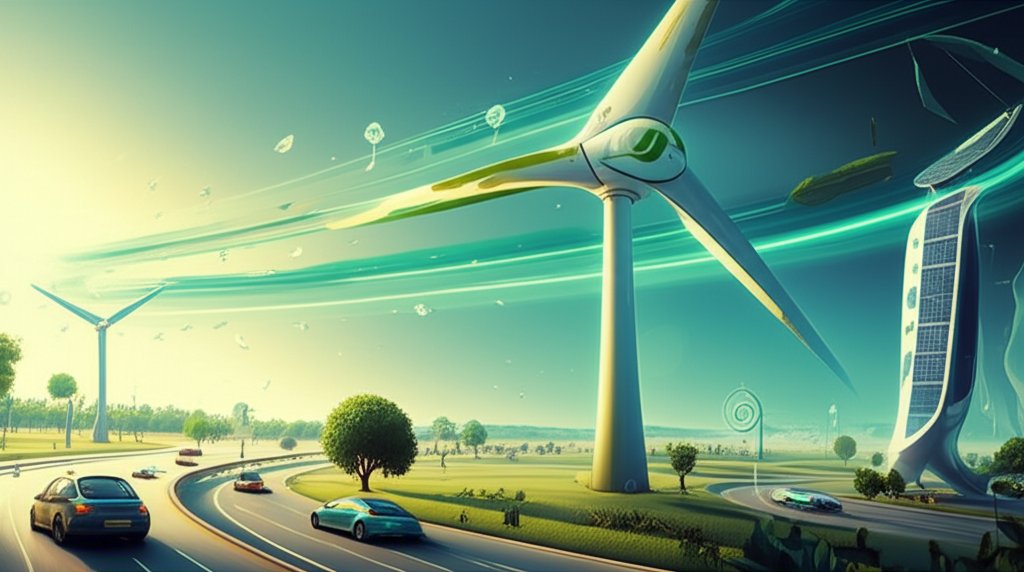
Several factors influence how well turbines perform, like wind speed, turbine swept area, and tower height. Wind speed, air density and prevailing weather patterns are uncontrollable factors that play a major role in turbine functionality.
- Wind speed: Turbines begin to operate around wind speeds of 7 mph and reach maximum efficiency around 18 mph.
- Turbine swept area: the area covered by the rotating blades.
- Tower height: Allows for heightened exposure to more consistent, stronger winds.
Staying Ahead: Maintenance and Longevity
Wind turbines are designed for long lifespans, typically exceeding 25 years. However, regular maintenance is crucial to ensure efficient and safe operation. This includes inspecting and servicing all major components, from the blades and gearbox to the generator and control systems.
Regular maintenance can prevent costly repairs and downtime, maximizing the turbine’s energy production over its lifespan.
FAQs: Common Questions About Wind Turbine Parts
- What happens to a wind turbine during very high winds? Wind turbines are designed to shut down automatically at very high wind speeds (typically around 55-65 mph) to prevent damage. The blade pitch control system feathers the blades to reduce their angle of attack, slowing the rotor and stopping power generation.
- How often do wind turbine blades need to be replaced? Blade replacement frequency depends on factors such as blade quality, environmental conditions, and maintenance practices. Generally, blades are designed to last for the turbine’s entire lifespan, but damage from lightning strikes, erosion, or other factors may necessitate replacement.
- Are wind turbines noisy? Modern wind turbines are relatively quiet, but they do produce some noise due to the movement of the blades. Noise levels vary depending on turbine size, wind speed, and distance from the turbine.
- How does a wind turbine connect to the power grid? Electricity generated by the wind turbine is transmitted through cables down the tower to a substation. At the substation, the voltage is increased for efficient transmission over long distances to the power grid.
Taking the Next Step: Investing in Wind Energy
Understanding the complexities of wind turbine parts shows how sophisticated each component is and how the entire collection works together to generate clean energy. Whether you’re an investor, a landowner, or simply someone interested in renewable energy, understanding the components and their functions is critical.
If you’re interested in contributing to the wind energy sector, exploring technician training programs is a great starting point or career change.
- How to Generate Electricity from Water at Home for Off-Grid Power - December 6, 2025
- Small Scale Hydropower Brings Sustainable Energy to Rural Areas - December 5, 2025
- Wind Energy Vehicle: Cars Powered by Wind—The Future is Near? - December 5, 2025
